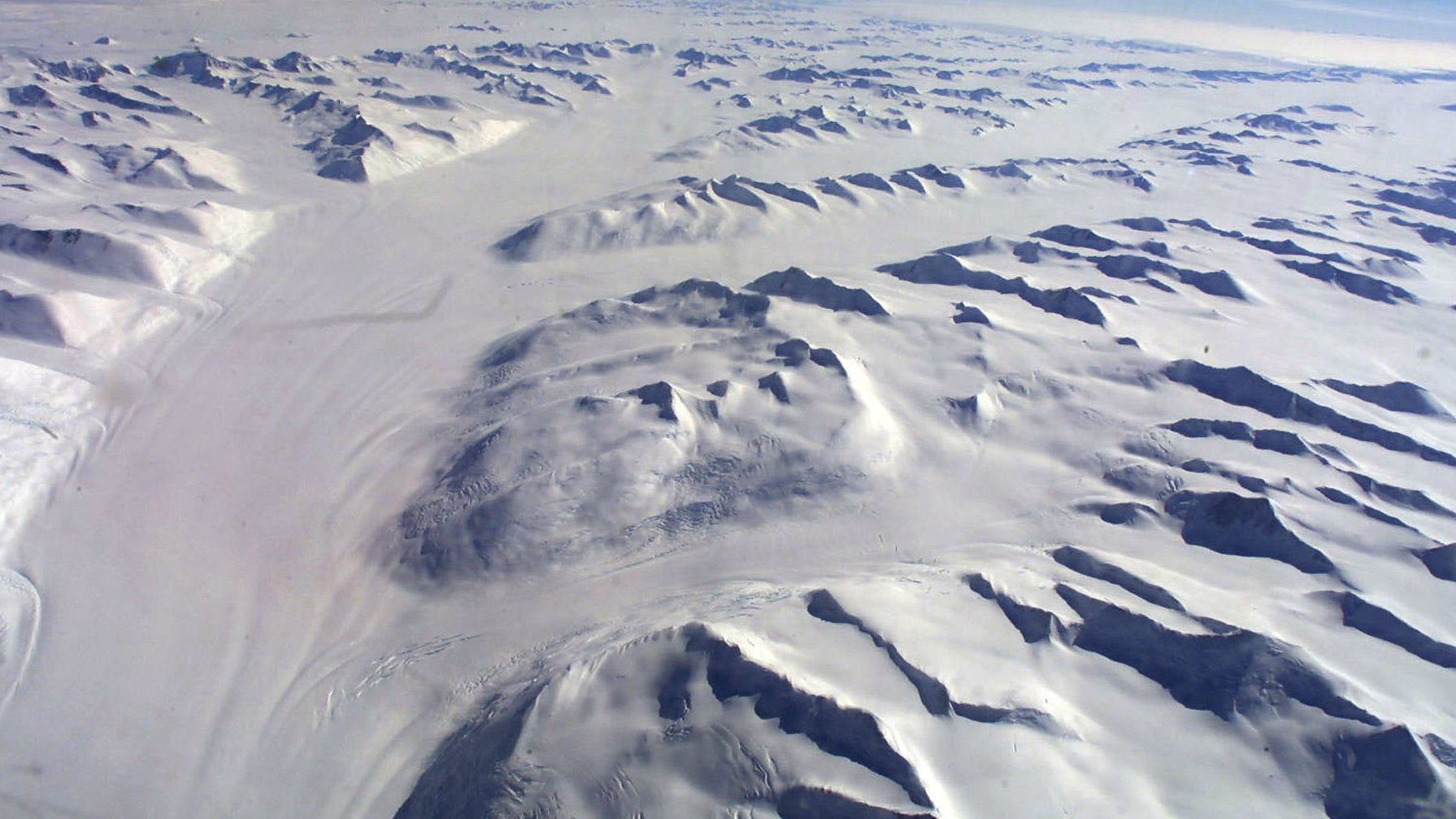The greatest concentration of volcanoes has been found in Antarctica—and that’s terrifying news
Everything about Antarctica is hyperbolic. It is the coldest, highest, driest, and windiest continent. Now, it can add another extreme feather to its cap: Scientists have found the continent to be host to the greatest concentration of volcanoes on Earth.


Everything about Antarctica is hyperbolic. It is the coldest, highest, driest, and windiest continent. Now, it can add another extreme feather to its cap: Scientists have found the continent to be host to the greatest concentration of volcanoes on Earth.
Scientists at the University of Edinburgh came to this conclusion after they found 91 volcanoes that had remained hidden from geological surveys. The results brought the total of identified volcanoes on the continent to 138—all of which are in an area called the West Antarctic Rift System. The finding unseats east Africa as the area of the world with the highest concentration of volcanoes.
The hidden volcanoes were found using a database called Bedmap 2. Scientists looked for conical protrusions across the ice in West Antarctica. The volcanoes are hidden under the Antarctic ice sheet, but the Bedmap 2 survey uses ice-penetrating radar signals to detect the protrusions.
“The big question is: how active are these volcanoes? That is something we need to determine as quickly as possible,” Robert Bingham, one of the author’s of the paper told The Guardian. “Anything that causes the melting of ice—which an eruption certainly would—is likely to speed up the flow of ice into the sea.”
The connection could work the other way around too, according to Bill McGuire, author of Waking the Giant: How a changing climate triggers earthquakes, tsunamis, and volcanoes. Looking at historical records, McGuire said in a previous interview that melting ice caps could cause the Earth’s top layer to “bounce back” and trigger volcanoes. Between the Earth’s firm top layer, the crust, and the fairly thick mid-layer, the mantle, is another soft and liquid-like layer called the aethnosphere. It is currently under pressure from ice caps on top, but like a rubber duck pushed down in water, it would bounce back when the ice melts. That could allow volcanoes to trigger, forcing out lava, leading to even more melting of the ice cap.
Ice is already melting at a terrifying rate. Last month, a massive iceberg 60 times the size of Paris broke off the the northwestern tip of Larsen C ice shelf and that will slowly melt away. Now glaciers held back by the ice shelf could start falling into the sea, further increasing loss of ice. If McGuire’s theory is correct that melting ice can lead to increased volcanic activity, then it does not bode well for the discovery that there are more than 100 volcanoes hidden under the Antarctic ice sheet.